Albania is a small country in Europe often described as undiscovered and untouched. From majestic mountains, pristine, white beaches, and all of the amazing natural wonders located around the country, Albania is a destination that challenges any neighboring country. Plus, this country isn’t as crowded, it’s more budget-friendly, and the locals will treat you like a member of the family.
To truly experience authentic beauty and historical wonders, here are the top locations for you to discover in Albania:
A mix of waterfalls, parks, thermal pools, and natural wonders is why these locations made our top natural and historical wonders of Albania list.
1. Blue Eye — Muzine
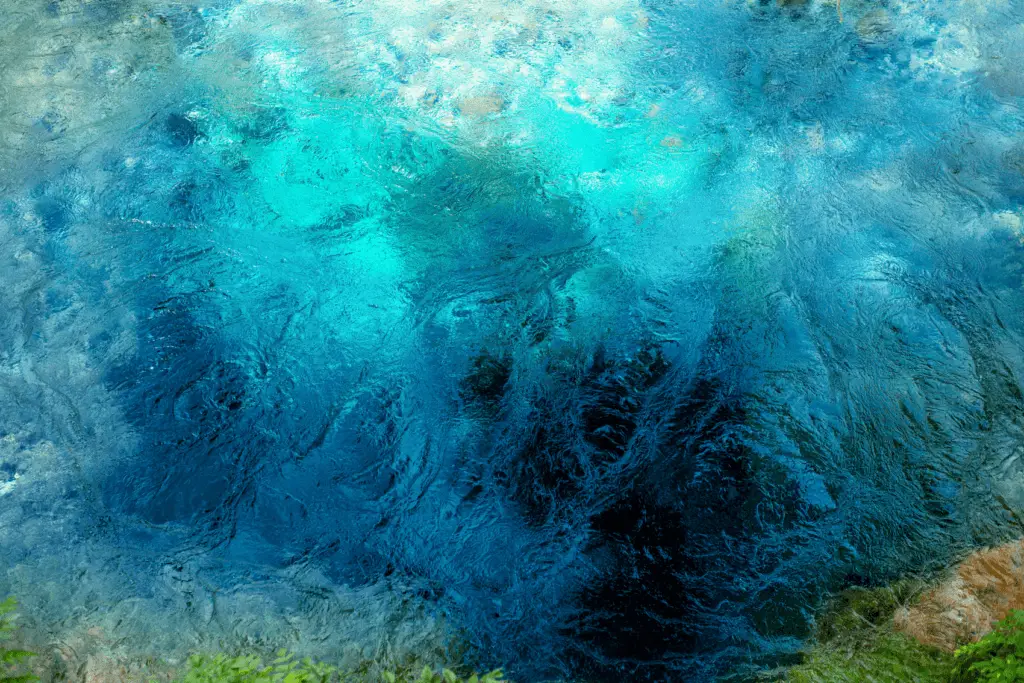
The blue eye is not only a natural wonder, but it also holds stories and unsolved questions. Roughly a 30-minute drive from the southern beach town of Saranda, you can tell you are getting closer and closer because you’ll think you’re driving into some exotic paradise with lush flora and crystal-clear water.
A natural pool created from a freshwater spring; the Blue Eye is accurately named because it really looks like a big blue eye in the middle of a river. The “pupil” is a deep, rich dark blue surrounded by shades of light blues and greens.
Many have tried to determine just how deep the Blue Eye is, but no one exactly knows. Everyone who has tried to measure the exact depth has failed because they could never reach the bottom. The legend of the Blue Eye is based on a story of a giant snake that came out of the ocean after a big storm, and it was eventually killed when an old man fed the snake a donkey that he set on fire. The snake burned up and died, leaving his big eye where it is today.
Aside from the legend, we know about the Blue Eye because the deep, dark center is actually a cave. You can swim in the Blue Eye but be warned: the water is very cold!
2. Kadiu Bridge — Permet
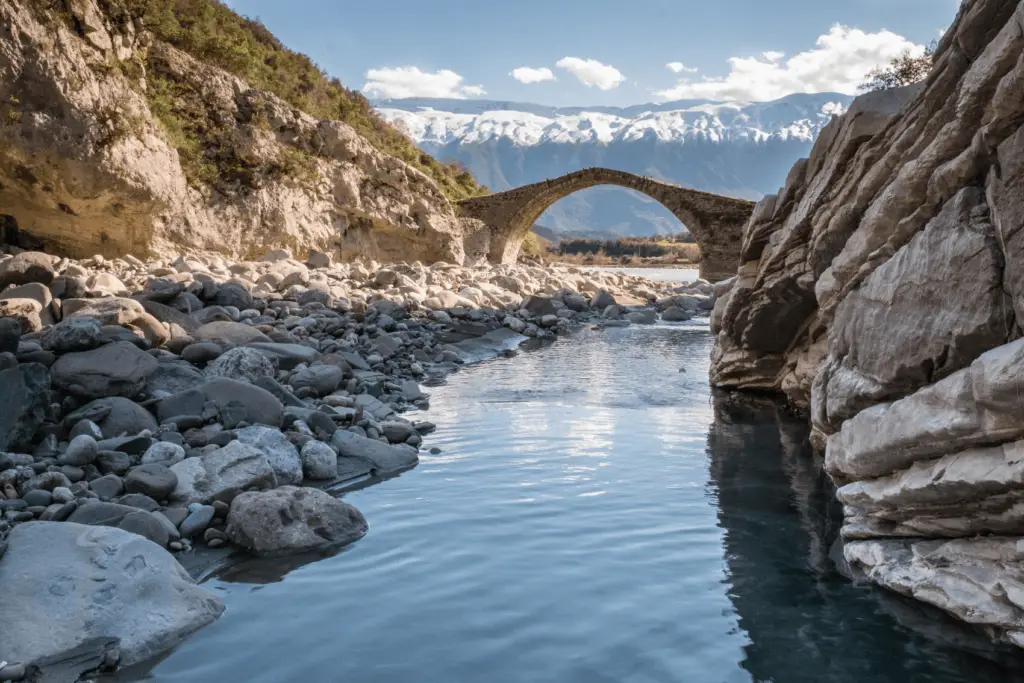
This historical footbridge is located in the village of Permet, roughly an hour drive away from Gjirokaster and an hour and a half drive from the Blue Eye. Built in 1760, it dates back to the Ottoman Empire and is 121 feet in length and 23 feet in height.
It was built over the naturally warm waters of the Lengarice River, and today you can still admire the intricate details of each stone used to form this historical wonder. Nearby you can explore canyons, thermal springs, snow-capped mountains, and lush forests.
You can walk this footbridge but be careful as it provides only a narrow path to cross the river.
3. Benja Thermal Pools — Permet
Located near the Kadiu Bridge is the Benja Thermal Pools, another must-admire wonder. The wonderfully warm geothermal water comes down from the river and then collects into several man-made pools. This makes for a perfect dip when the weather starts to cool off after a hot Albanian summer.
Are the waters magic and heal the body? The locals think so, so when you visit, you may catch sight of some bathing in the pools. Many of the pools are hidden away, so if you decide to take a dip for yourself, you can find those that have complete privacy.
It only costs around 200 lek (around $2 USD) to park, so it’s worth a stop and a dip.
4. Grunas Waterfall — Theth
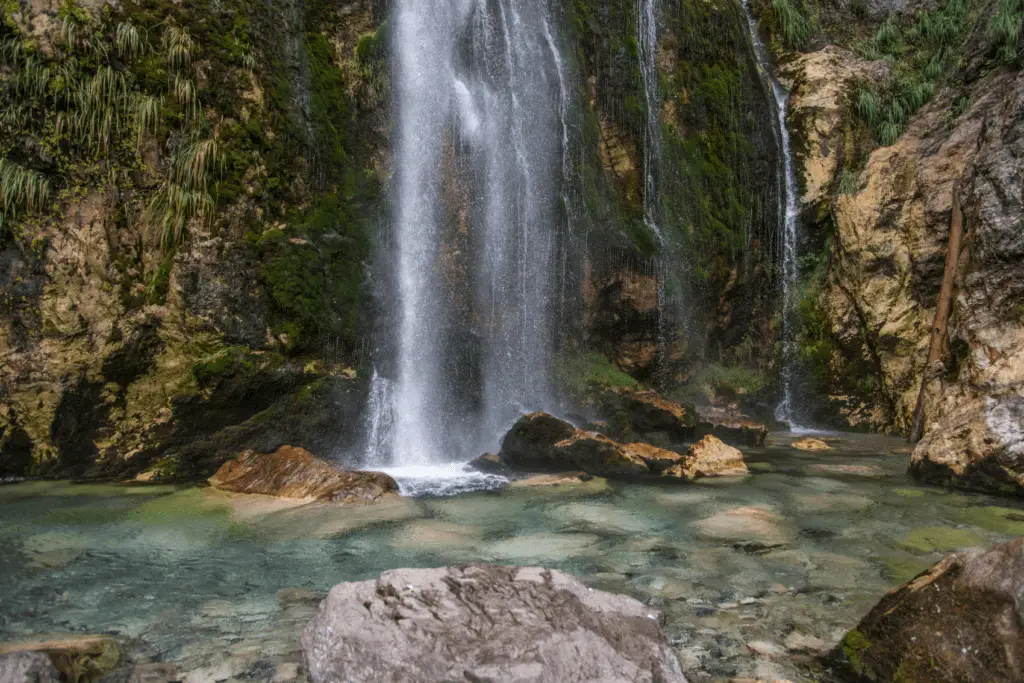
Theth National Park is home to the Albanian Alps and Grunas Waterfall. Standing nearly 100 feet (30 meters) high, this waterfall was declared a natural monument in 2002.
From the village to the waterfall, it takes about an hour of walking. You have to head into the park toward the western slope of the Thethi valley, into the Alps, and to the foot of Boshi mountain peak. Some of the walking is easy, while other sections would be considered medium difficulty, so be prepared to do some heart-pumping hiking.
But when you arrive, a waterfall-formed pond of water that connects to the Shala River will pleasantly greet you. The water from the falls drops from approximately 80 feet (25 meters) in height, reflecting off ivory-colored stone creating magical rainbows.
It will be hard to leave Grunas Waterfall once you arrive, not from exhaustion but because of its breath-taking beauty.
5. Sotira Waterfall — Gramsh
It’s best to take an entire day to fully experience Sotira Waterfall, but there will not be one person who has been there that will tell you it’s not worth it.
Located at the foot of the Tomorri Mountain, you’ll first have to drive on a dirt road for about 10 miles (15 km) and then continue the rest of your journey to the waterfall by foot for about an hour. It’s an easy walk, and when you arrive, be prepared to be hypnotized!
The water drops from various heights, anywhere from 65 feet to over 300 feet (20-100 meters), hitting the slick cliffs below. Surrounded by lush meadows and utterly untouched by tourism, it’s one of the very few genuinely virgin slices of nature.
You can get close to the falls, but the rocks are very slick. Be sure to bring non-slick footwear and use caution.
6. Valbona Valley National Park — Kukes County

Valbona Valley National Park is located north of the country bordering Montenegro and nestled within the Albanian Alps. The park is about 31 square miles (80 km2), and you’ll discover towering mountains, alpine views, glacial springs, ancient rock formations, and captivating waterfalls. And since it’s practically untouched, it’s referred to as the Albanian Miracle of the Alps.
The park is part of the European Green Belt, which is an area that safeguards endangered species. The park is home to various animals, such as bears, wolves, deer, lynxes, [ and wild goats.
What visitors love most about Valbona Valley National Park are the mountains, such as Mount Jezerce and Kollata e Keqe Mount for hiking and climbing. There are hotels nearby, but locals also rent out rooms, so you have the chance to stay with an Albanian family to connect with the warm, hospitable culture of the people.
There is no limit to the adventures that await you in this park!
7. Llogara Pass — Orikum and Vlore
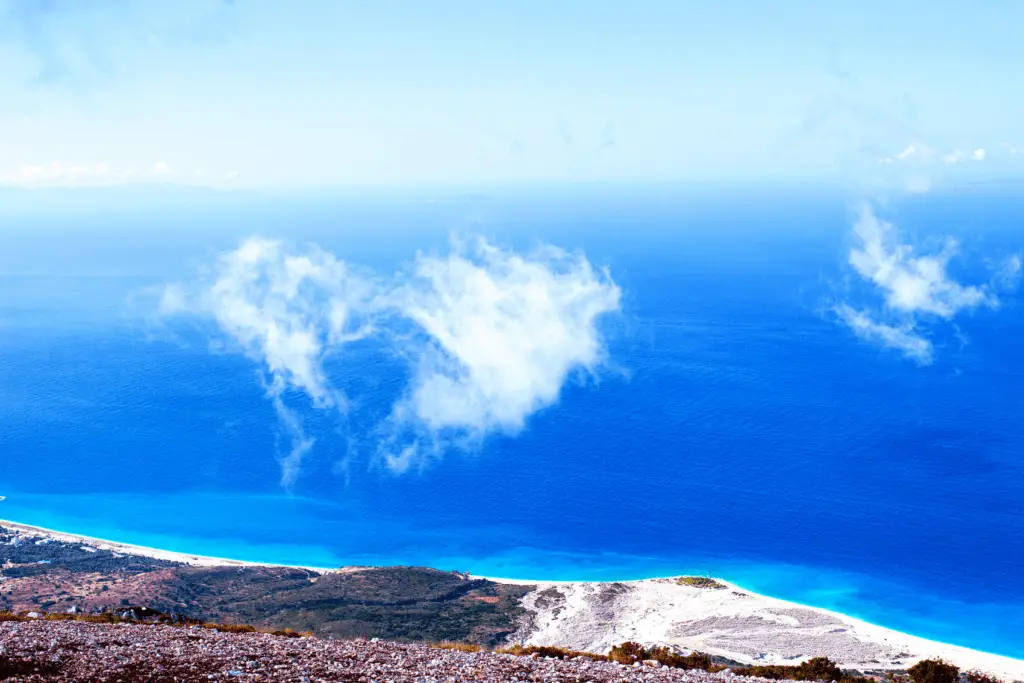
You may know by now that Albania is a very mountainous country. But to immerse yourself in the majestic mountainous scenery, a drive through Llogara Pass is a must experience.
Llogara Pass is not a drive for the faint of heart. It is a high, windy road through mountains that will put your car to the test. And even though the locals by zipping by you without thinking twice, you should take your time if you’re the one driving.
But along the way, there are places to pull over to take in this one-of-a-kind sight. You’ll see rocky, grass touched mountains in one view and then, with one quick turn of the head, see blue and green coastal waters. This is known as one of the best coastal drives in the entire world!
The highest point is more than 3,400 feet above sea level (1,027 m), and you will be able to grab once-in-a-lifetime panoramic views.
8. Butrint National Park — Vlore County
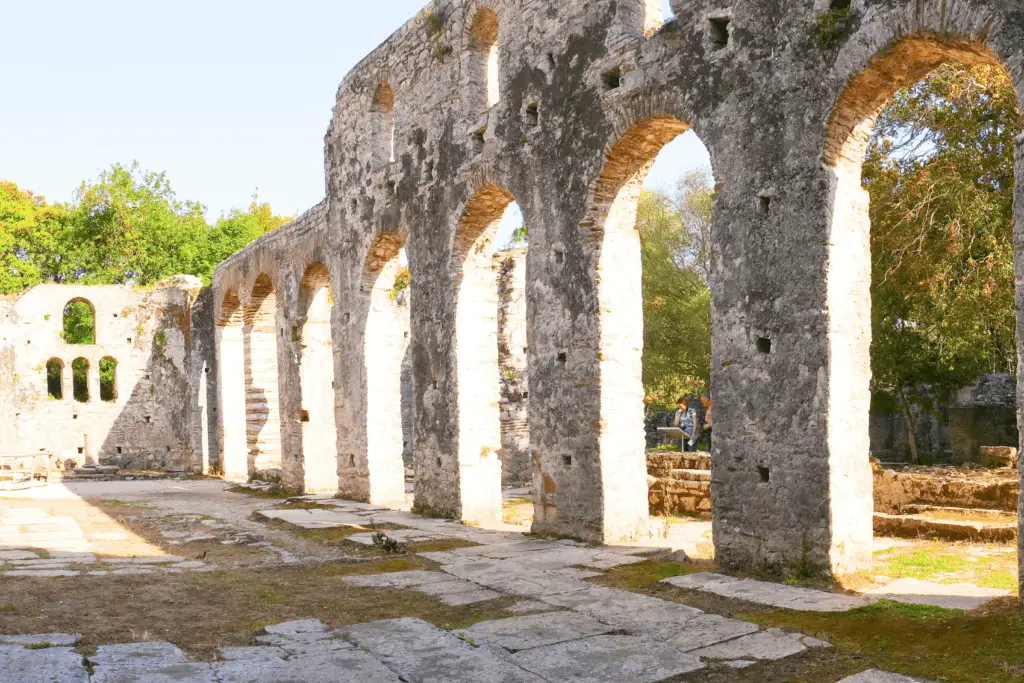
To say Butrint National Park is a special place would be an understatement.
Butrint, now a UNESCO World Heritage Site, was one of the most beautiful and captivating cities that existed during the Roman Empire. But in the third century AD, an earthquake devastated the city and what you see today is what’s left from the earthquake.
Walking through some of the best preserved ruins found in Europe, you can sit in an amphitheater, view an array of monuments, and view artifacts that survived the harsh test of time. Once you’re done walking through the city, you take in the magnificent panoramic view of Lake Butrint and the Ionian Sea.
You can also visit the Castle of Ali Pasha Tepelena and Ksamil Islands. Nearby forests and coastal waters are home to several wildlife species, from wolves, foxes, dolphins, seals, and sea turtles.
9. Pellumbas Cave — Pellumbas, Tirana County
Located about 1,600 feet (500 m) above the Adriatic Sea and along the slopes of Dajti Mountain, this cave is one of the new karstic caves that exist in Europe.
When compared to other caves, it isn’t large by any means. It is 1,180 feet long and a width that ranges from 33-49 feet (10-15 m). But what makes it a wonder is its unique beauty and why the ministry of Environment for the country declared it a natural monument.
About a 45-minute drive from Tirana, when you explore the cave, you’ll see tools and artifacts showcasing life from the Neolith, Bronze, and Iron eras, as well as fossils of animals dating back more than 10,000 years.
10. The Cave of Sarisalltik — Kruja
Kruja is home to Albania’s national hero, Skanderbeg. This village is home to his castle, nestled high in the rocky mountainous terrain. Nearby, you can discover the Cave of Sarisalltik, nestled further and higher in the mountains.
By following an ancient path that legends say Skanderbeg used himself, you can find this cave where the national hero and his troops would hide supplies and armor during battles with the Ottomans.
The cave also has a spiritual connection to the Bektashi religion. Next to the cave, the grave of Sarisalltik, a legend in the Balkan region for religious tolerance.
11. Springs of Drilon — Pogradec
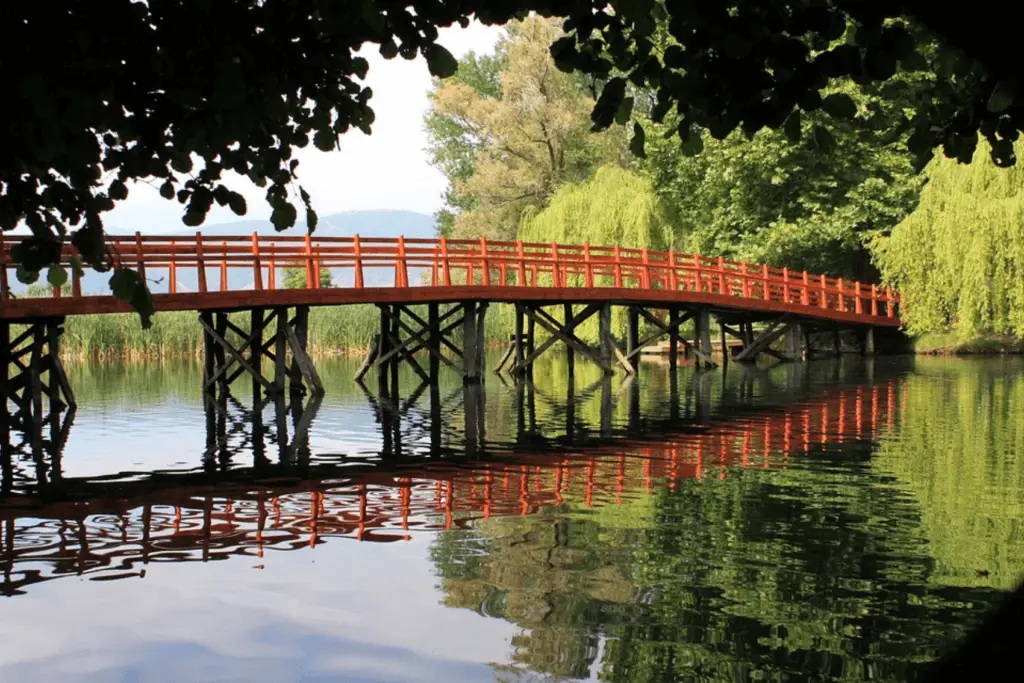
Water from the Drin River flows into the Springs of Drilon, which eventually leads to Ohrid Lake, located along the border of Macedonia. This is a wonderful place for tourists and locals to relax and be surrounded by trees, plants and even feed the swans, though you may see them fighting over the pieces of bread you throw in the water.
You can swim in crystal waters and enjoy the sandy beach of Tushemisht, another nearby village. You can also see a Chinese bridge from when the country had a close relationship with China during its communist years.
12. Lake Komani — Fierze and Koman
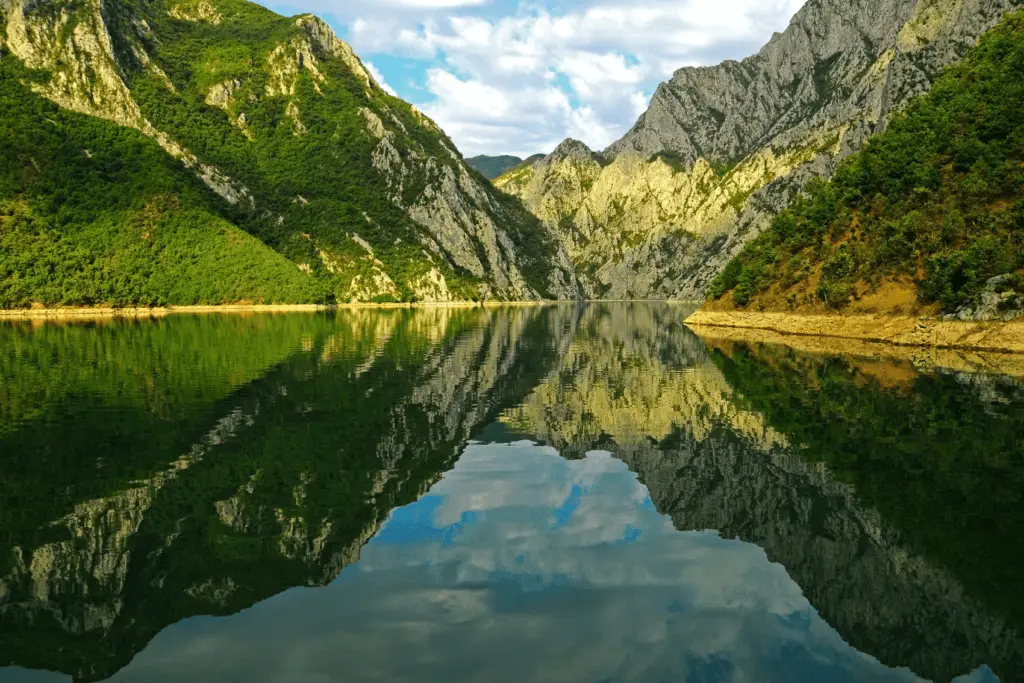
One of the most beautiful lakes in northern Albania, Lake Komani, was formed in 1970 when one damn was placed in Koman and one dam in Fierze. A popular activity for locals and tourists is to take a boat ride on the lake to get up close to the blue waters and picturesque views of lush hills and ivory mountains.
When the weather is just right, the reflection of the mountains in the water will be so perfect it will look like two mountains sitting on top of each other. The boat ride from one village to the other takes about two and a half to three hours, plenty of time to relax and take in the scenic views.
13. Osumi Canyons — Corovoda

Located in the southern part of Albania, the Osumi Canyons are one of the most popular natural wonders of the country. This river gorge is about 16 miles (26 km) long and formed approximately three million years ago from water erosion.
The spring is the best time to visit because you can view various majestic waterfalls after the snow melts from the winter. You can also explore the canyon by the river and go rafting. There are also different caves and rock formations to discover, some given names by the locals such as the Cathedral, the Eye, and the Demon’s Door.
14. Mesi Bridge — Mes

Located in the village of Mes, just outside the city of Shkoder in the northwestern part of the country, Mesi Bridge is a popular tourist attraction because it is another historical representation of Ottoman occupation history.
Built by the local pasha around 1770, the bridge comprises round slick stones and plates. It sits over the Kir River and is approximately 354 feet (108 m) long, 41 feet (12.5 m) high, and showcases 13 arches. The architecture of this bridge makes it one of the longest and oldest examples of Ottoman engineering.
****
You may not have time in one trip to see all 14 places. Select a few that interest you and your travel companions. We’ve included a map at the beginning of the post to help you plan your trip.
Please let us know your favorite natural or historical wonders in the comments below.
Recent Blog Posts
This post contains affiliate links. At no additional cost to you I may earn a commission if you make a purchase.

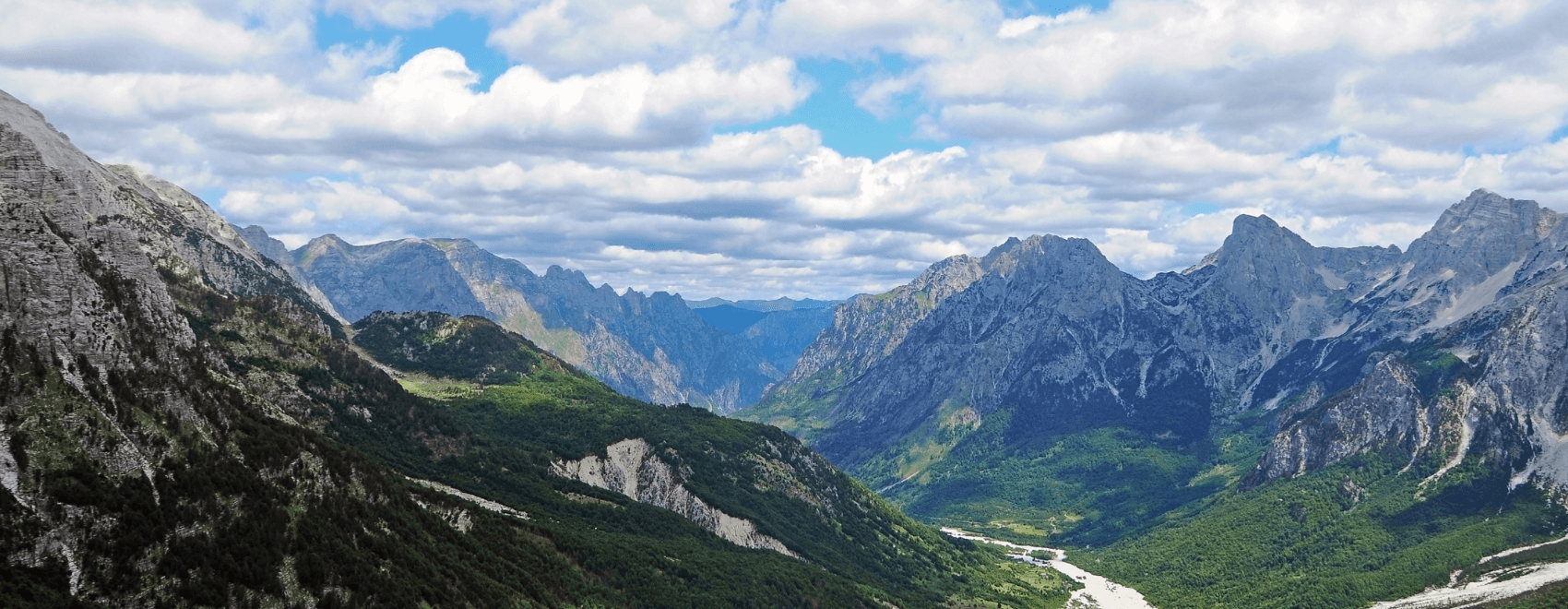
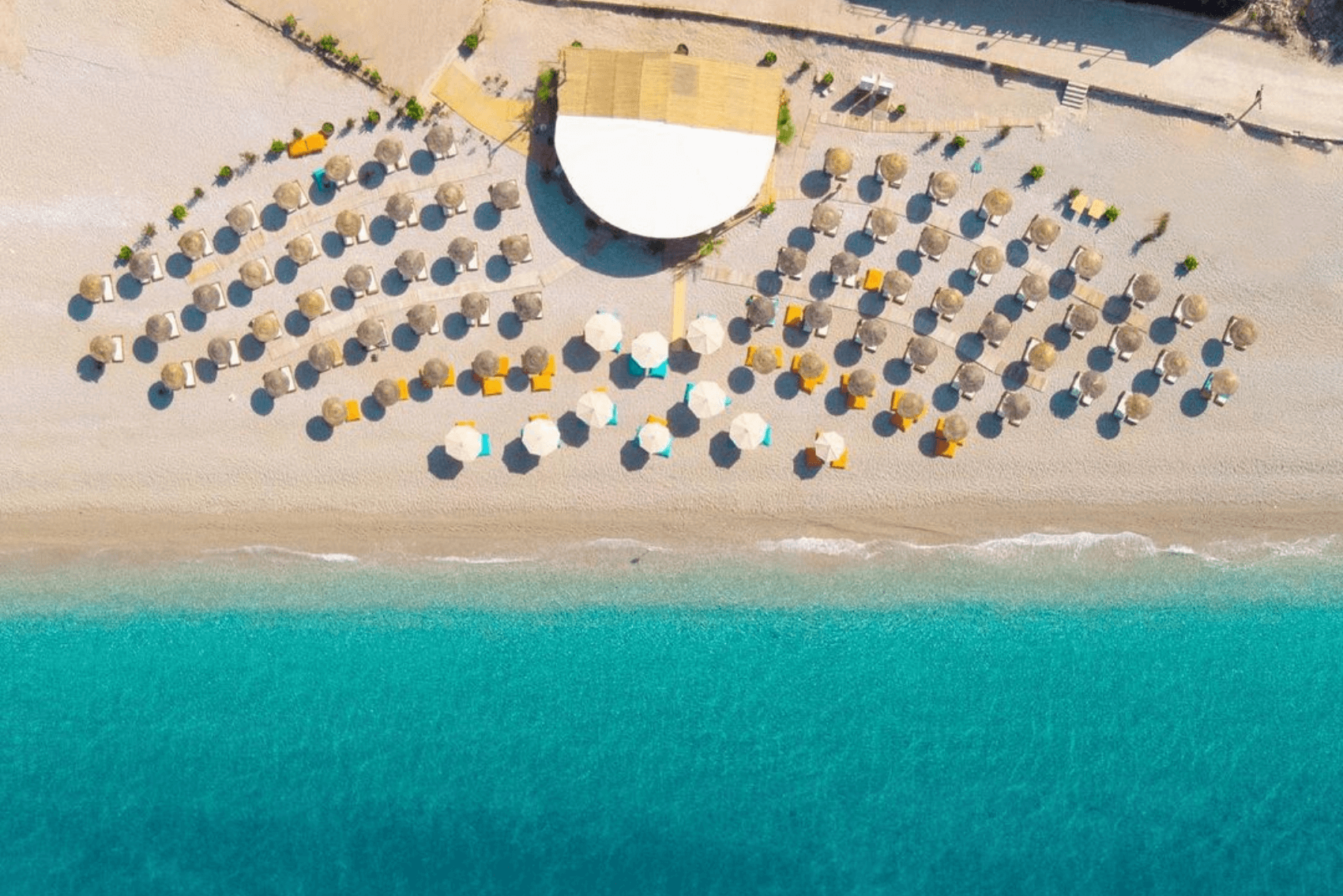
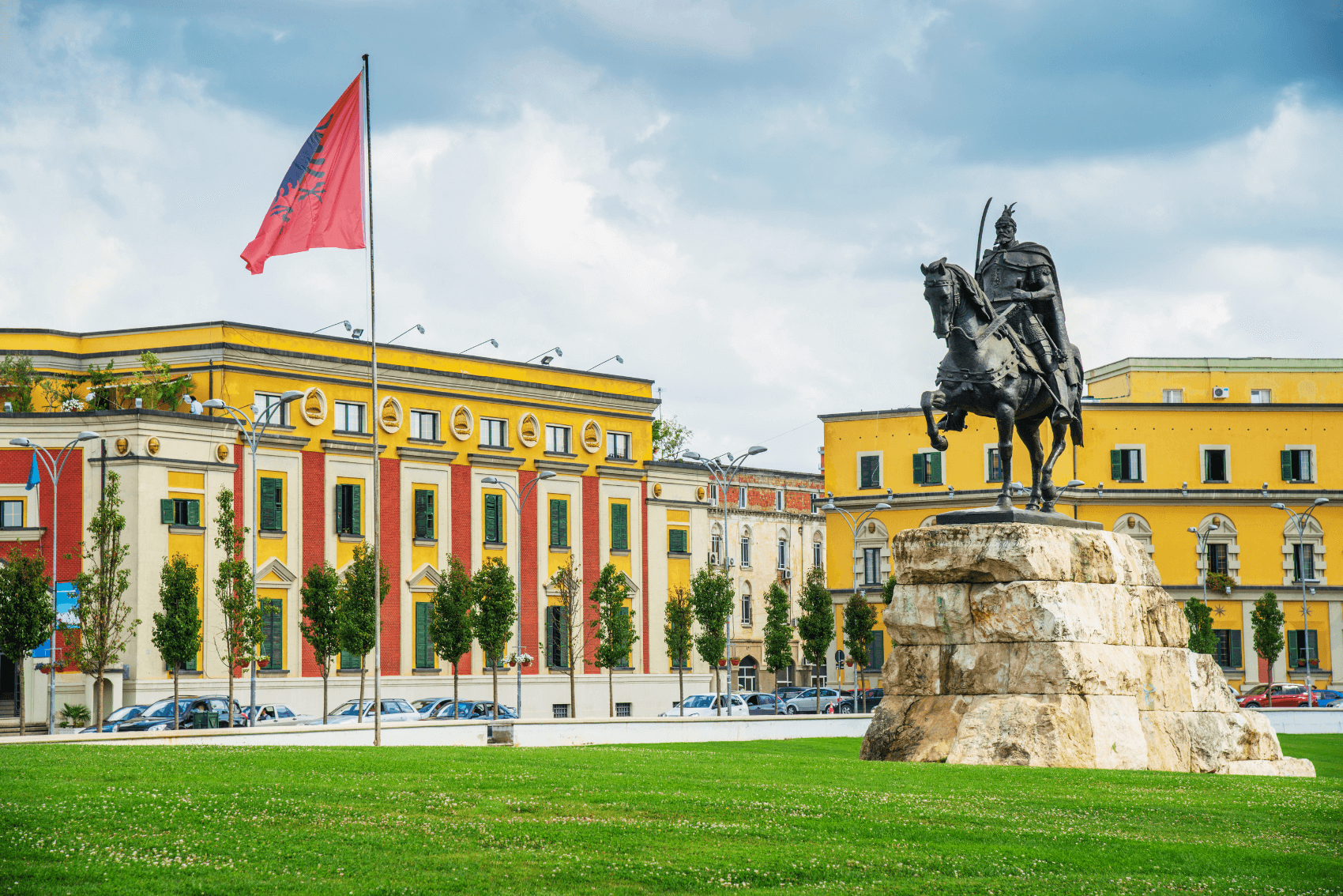
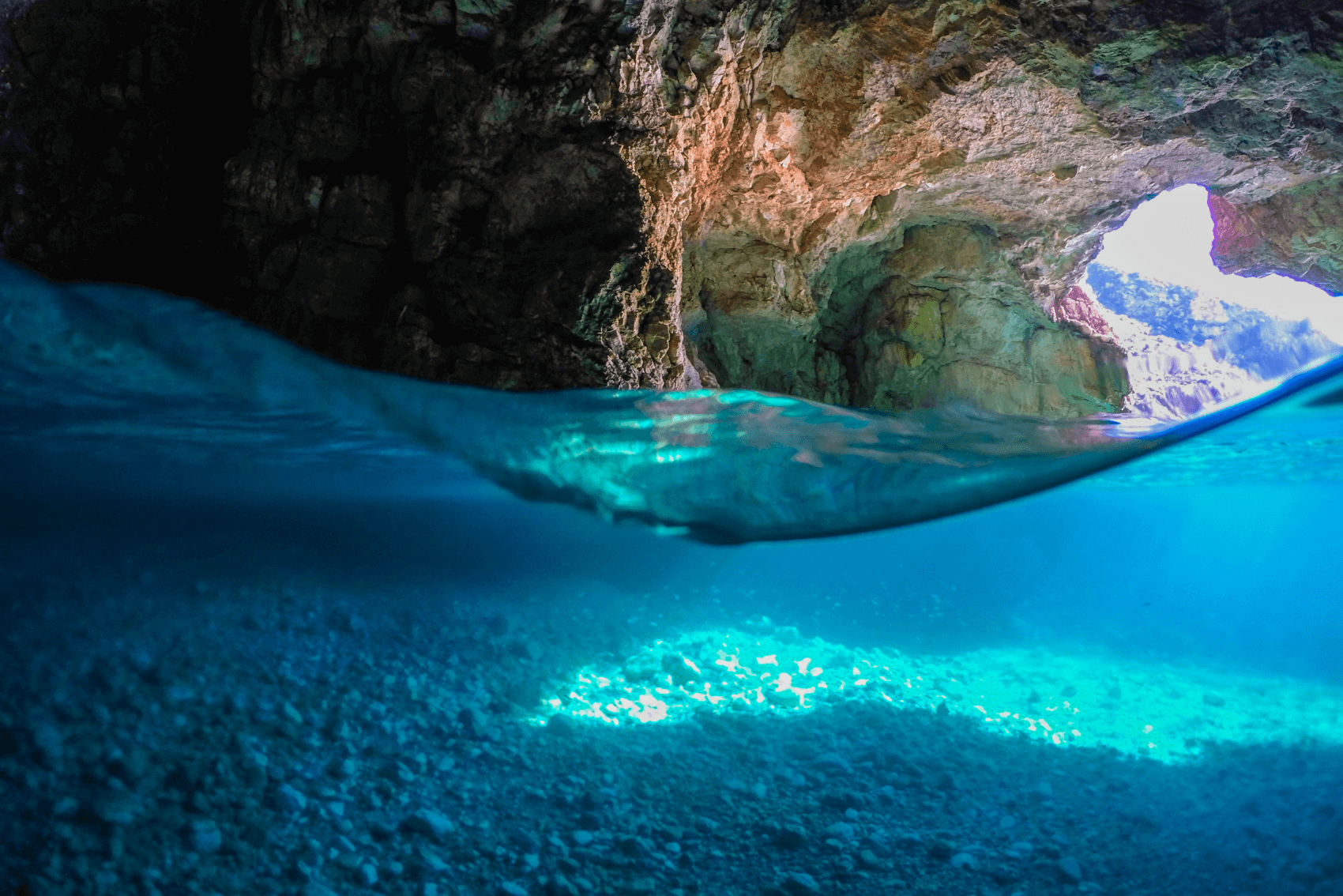
[…] lush green hills in Berat offers visitors an opportunity for some off-road exploration. Take the spectacular scenic road trip from Vlora to Saranda, descending from the mountains to the coast, opening up to the Albanian […]